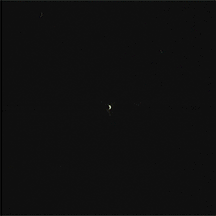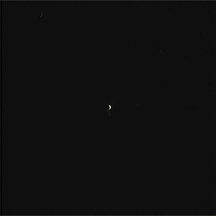Making the (reactive) case for explosives science

A "reactive case" is a new concept in explosives science currently being tested at Los Alamos National Laboratory. A reactive case would do more than just contain an explosive, but rather become part of the explosive event itself, actually enhancing or boosting the explosion while decreasing far-field fragmentation damage. Advancing fundamental explosives science by testing entirely new ideas like this is a key component of the Laboratory's national security mission.
This video shows an explosive experiment test of a "reactive case" concept based on an aluminum composite material conceived of and developed by the Laboratory's Explosive and Shock Physics Division. The first detonation in the video is of a baseline aluminum case, made from machined aluminum, and the the second detonation is of the reactive case at approximately the same time scale in explosive expansion.
Both shots utilized a Los Alamos developed high-energy "cast-cured" plastic bonded explosive. The experiments were performed in a semi-enclosed steel pipe, which allows for the aluminum case in the baseline experiment to relight upon impact with the steel walls, yielding the luminescent ring observed in the video.
Provided by Los Alamos National Laboratory





















